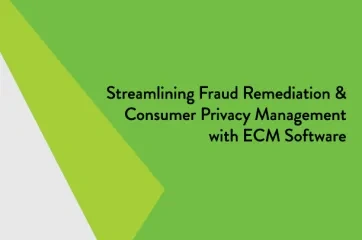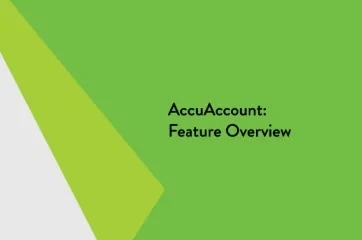Legal Amount Recognition (LAR) of Checks
Legal Amount Recognition (LAR) is a critical process for financial institutions, such as banks and credit unions, that involves the accurate identification and validation of the legally recognized value of a check. This process ensures that the payment or transfer of funds based on the check is processed according to the correct and legally binding amount, which is represented by both the written word (often referred to as the "legal amount" or "words") and the numerical value on the check.
Key Aspects of LAR:
Verification of Amounts
A check contains two primary representations of the amount: the numerical (digits) and the written (word) amount. The financial institution must verify that these two amounts are consistent with one another. If they match, the check is processed based on that value. If there is a discrepancy between the written amount and the numerical amount, banks and credit unions must adhere to a set of regulatory rules to determine which amount takes precedence. According to the Uniform Commercial Code (UCC), the written words generally take precedence over the numerical value.
Ensuring Accuracy
LAR ensures that checks are processed without error, meaning the correct amount is debited from the payer's account and credited to the payee's account. Accurate recognition prevents overpayment, underpayment, or fraud. This is especially important in the case of large or high-value checks, where even minor discrepancies could lead to significant financial losses or confusion.
Handling Discrepancies
When a check presents conflicting information between the written and numerical amounts, financial institutions must follow specific protocols to resolve the issue. Under the UCC, if the amounts differ, the legal amount is typically determined by the written words. However, banks and credit unions are required to apply a uniform policy to address discrepancies consistently. This could involve contacting the check issuer for clarification or correcting the amount based on legal guidelines.
Fraud Prevention
LAR plays a critical role in fraud prevention, ensuring that checks are processed only when the details are verifiable and legitimate. If discrepancies are identified, or if fraudulent alterations are suspected, the financial institution may reject the check, requiring additional verification or investigation before processing.
Regulatory Compliance
LAR is governed by laws and regulations set forth by bodies such as the Uniform Commercial Code (UCC) and various banking regulatory agencies. Compliance with these regulations ensures that checks are processed in a manner that is legally sound, transparent, and consistent with industry standards.
Automation and Technology in LAR
Many modern banks and credit unions use automated check processing systems that utilize optical character recognition (OCR) and artificial intelligence (AI) to quickly and accurately read both the numerical and written amounts on checks. These systems help streamline the LAR process, improving efficiency and reducing human error. However, automated systems still rely on established rules to handle discrepancies and errors in the amounts.














